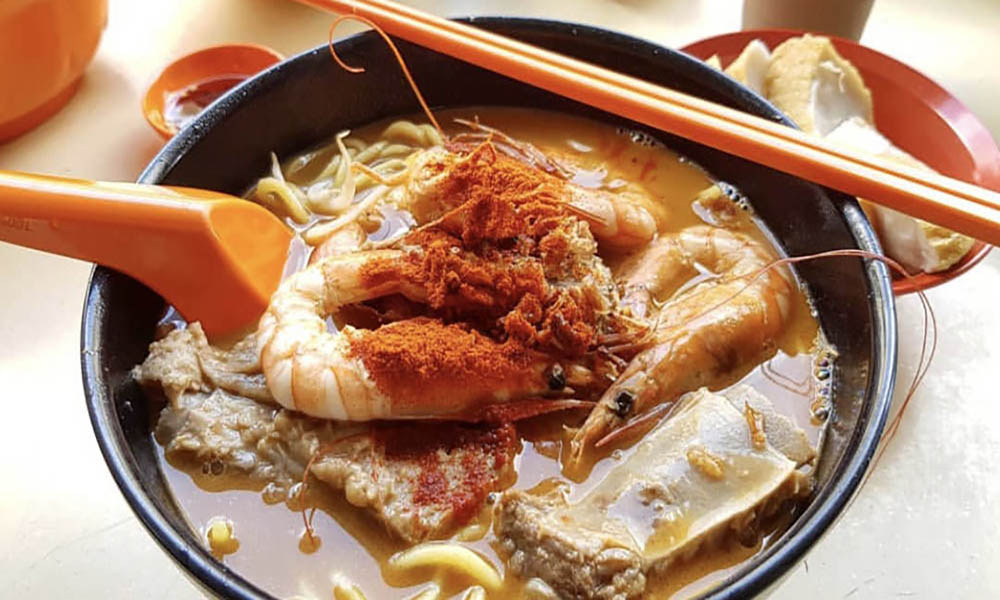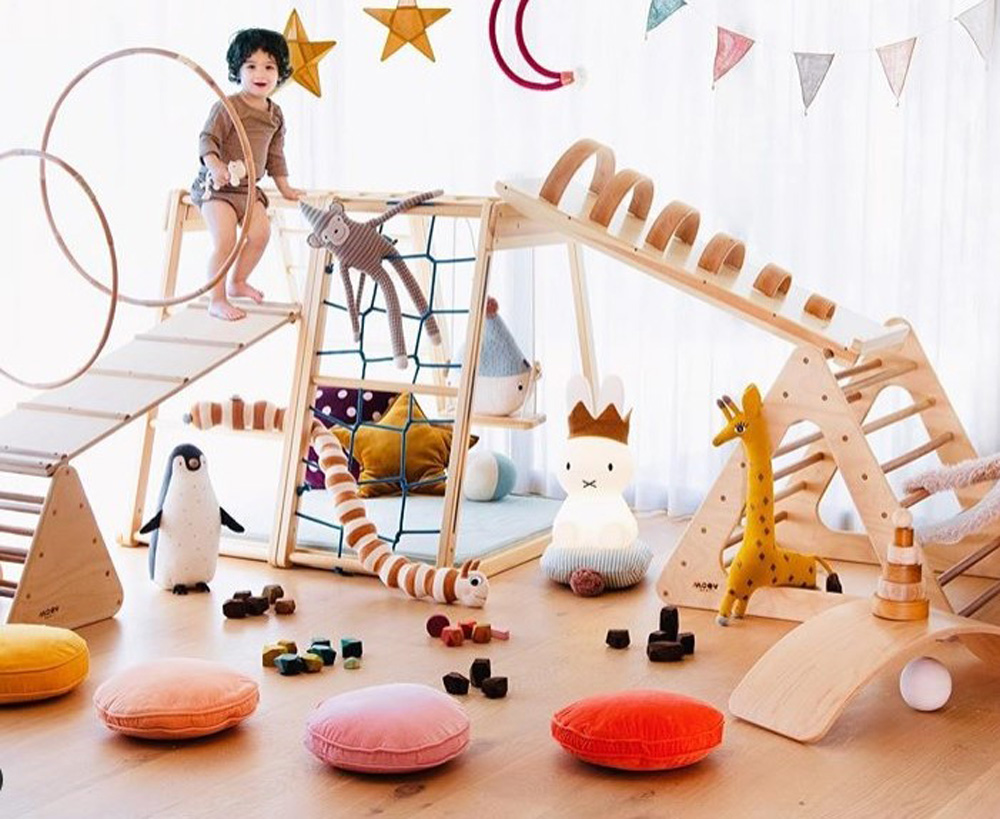By Morgan Awyong
(WATCH: Keeping Traditions Alive! – Eng Tiang Huat, Singapore)
To Jeffrey, all this effort and respect is what artisanal work is about. It is a reflection of how things were done in the old days, and though it might not be the most efficient or profitable, it is certainly the most sincere.

Tucked away along Geylang Lorong 24A is a shop few people know about. Mr Jeffrey Eng is the third-generation proprietor of Eng Tiang Huat – a shop that is a cultural hotchpotch of Chinese opera costumes, prop weapons, orchestra instruments, and celebratory tapestries.
Stepping into Eng Tiang Huat today, you’ll find that little has changed. Although the shop has moved twice from its original location at Merchant Road and from River Valley, Jeffrey has made a concerted effort to recreate the storefront as how it once was, in tribute to his grandfather and the family trade.
As you enter the premises, you’ll find props such as horsehair whisks, smoking pipes and pheasant feathers – all iconic to Chinese opera – hanging over a glass cabinet of opera face paint.
On the right, a massive scaffolding stretches toward the back of the shop, holding over 50 types of string instruments that range from the recognisable erhu to the less common yehu. Lined below are folded tapestries, embroidered in gold with symbolic images of dragons, phoenixes and immortals.
The inner sanctum contains a reception table – the very same one used by Jeffrey’s grandfather, complete with inked numbers of suppliers – as well as a work table for tinkering and a sewing station.
Eng Tiang Huat started as an importer of these cultural supplies for the local Chinese community. Jeffrey even has a table set up in the foyer, complete with tea and old photos of the shop, in honour of the times when friends would come over to chat, drink tea, and play their instruments.
As business flourished, the family’s knack for repairing took off substantially. They taught themselves to do restoration work in a respectful and conscientious way, preserving authenticity by employing the same methods of craftsmen in China.
Jeffrey didn’t start off liking this work, but he admitted that immersing in the environment and learning on the job has somehow ignited a quiet passion in him.
Today, the custodian showed me his work.
An old altar cloth full of dancing lions and peonies had been weathered by the sun, the silk canvas fraying and crumbling from years of heat damage. Jeffrey explained how he must diligently cut around the symbols while carefully avoiding the embroidery threads, before painstakingly transferring them to a new canvas.




Fragile elements like thin stems and filigree had to be embroidered again. Even the seemingly easy job of attaching a border around the tapestry would be an arduous task of starching, ironing and sewing, that is repeated several times to make sure there’s no buckling once it’s hung.
To Jeffrey, all this effort and respect is what artisanal work is about. It is a reflection of how things were done in the old days, and though it might not be the most efficient or profitable, it is certainly the most sincere.
And he thrives on customer satisfaction.
“[With respect to] the instruments, sometimes [buying] a new one is cheaper than repairing. But the old folks say [the instruments] have sentimental value… so okay, I charge them a good price,” Jeffrey shares. “You see them happy, you feel happy.”
A call comes in on the traditional rotary phone, the raucous clanging an immediate throwback for anyone who has lived in that era. It’s the exact phone that his grandfather installed in his shop, and it shows Jeffrey’s effort in preserving Eng Tiang Huat’s nostalgic character.
The gentle, good humoured owner promulgates traditional heritage and customs through education and practical application. He works with schools and organisations to conduct tours of his shop, as well as with modern establishments to preserve the symbols of Chinese culture.
From the colours that represent the elements to the materials used in instruments and props, Jeffrey’s work bears deep roots of his passion to share and implement.
He presents the example of the horse whip, which opera performers use to represent journeying on horseback. In the olden days when opera was presented to the emperor, there was a belief that nothing “female” could leave the courts once the opera troupe has entered. And so, dangling at the tip of the horse whip are two small pom poms, representing the testicles of a man.
“It’s not just what we see when we watch [performances],” Jeffrey gestures at the whip. “It’s also what we understand.”
He also shares the obsolete heritage of the spittoon. Outhouses used to be far away and the pot was used by birthing mothers for convenience, but the practice is no longer relevant today. Even the red cloth to wrap a bride’s dowry is not only for blessings, but also used by the recipient as evidence to sue if they wanted to!
These days, Jeffrey has been working with designers to come up with table-runners, lampshades and cushions covers, and he was even invited by Uniqlo to curate an in-store exhibition in December last year. But he understands that ultimately, tradition and heritage can’t be saved, but only relished for as long as it lasts.
“It can’t be helped. If nobody plays these instruments, then how to promote? Yes, we can promote and tell people there was such a thing as a daqin, but otherwise it’s just an object.”
He proceeds to pluck the strings of the instrument, bringing to life its exquisite sound and character.
With three daughters each showing limited interest in the business, Jeffrey is at peace with the fact that his work might not be carried on by his bloodline. He is happy to have them pursue their own interests, while he dispenses all he can to old friends and strangers alike at Eng Tiang Huat.
















